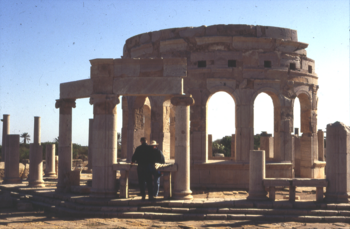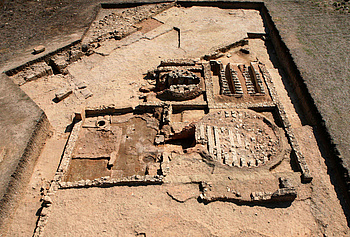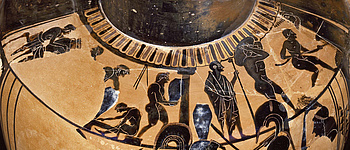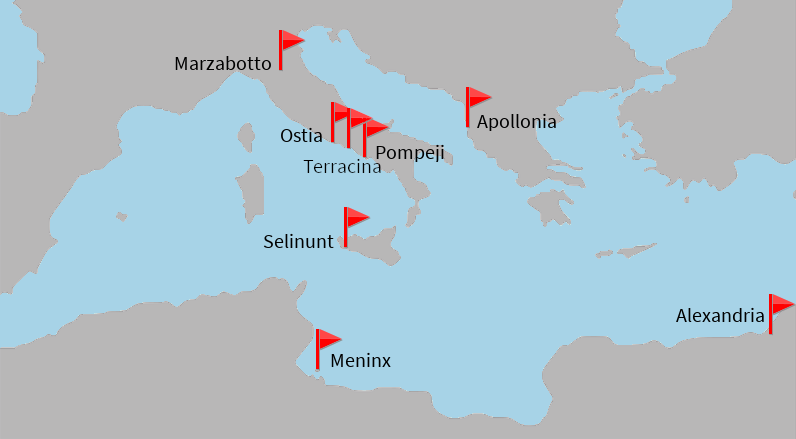Urban Life in Ancient Times

Urbanisation was the pacesetter of ancient civilisation. In the cities of antiquity new forms of cohabitation developed and with them also complex legal and power structures as well as expensive lifestyles. This was mirrored in the cities’ appearance, while at the same time the appearance’s particular structures influenced political and social processes as well as the emergence of a specific ›urban‹ culture. Since 1984 the project initiates and supports research and publications – initially under the name ›Commission for the Research of Ancient Urbanism‹, analysing the material culture of ancient cities as a testimony of functional sequences in urban life as well as the citizens’ lifestyle.
More than Urbanism

Urbanism in its narrower sense, hence the stock of monumental buildings, the road system, the quality of the infrastructure, the ration of private and public buildings, only represents a part of the research programme. In addition, the research covers all forms of equipment and decoration and the entire world of images the citizens experienced in their city. The research regards facades, inscriptions, monuments and tombs as sources for reconstructing the self-perception of the ancient inhabitants. For the ancient observer, they were symbols of identity and conveyed the society’s system of values.
Residential buildings and their furnishings are examined as places of social communication as well as settings for the owners’ self-expression. Research also looks at the forms and structures of domestic cohabitation that can be exploited archaeologically, like receptions and rental apartments.
Economic and Social Structures

Currently the economic structures of ancient cities are at the core of the project’s research. Aside from public places and representational buildings, the cities’ economic functional zones so far have received little attention. Although those areas were an important foundation for the community’s prosperity and the urban civilisation. The range of issues covers organisation of work and work procedures, spatial involvement and visual presence of enterprises as well as the imprint on the urban society by specific economic structures.
The project pursues the phenomena of ancient urbanity through excavations, exploitation of monuments and testing of interdisciplinary methods. The project sees itself as pacesetter and inspirer of new research enterprises. Without internal staff members, the project depends on external researchers and institutions. For individual projects, scientists of different Classical Studies sub-disciplines are brought together in colloquia.

